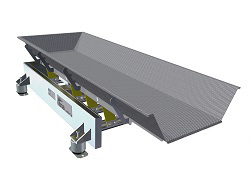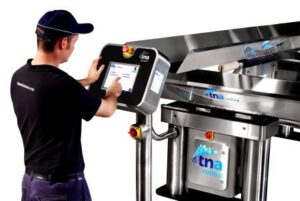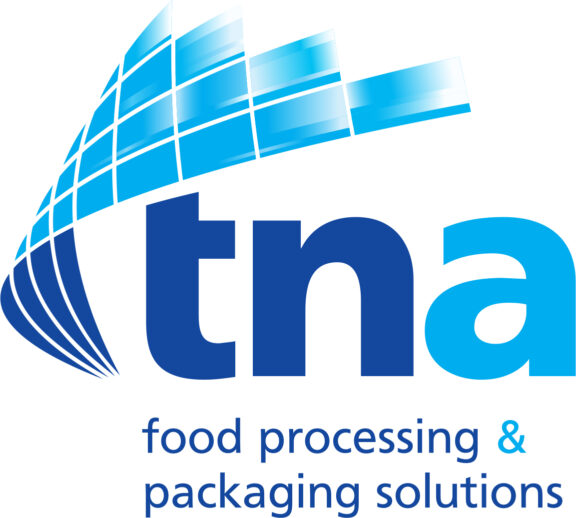Middle East and Africa: Key trends driving the local snacks market
flexibility | 5 mins read
October 27, 2017
 Although the Middle East and Africa region is the smallest in the global savoury snacks sector, holding a 2.5% value share in 2016, several trends are quickly changing consumer habits in the area[1]. As South Africa and several Gulf Cooperation Council (GCC) nations undergo rapid industrialisation and urbanisation, shoppers find themselves with more money and less free time, which has them reaching for snacks that fit their new lifestyle.
Although the Middle East and Africa region is the smallest in the global savoury snacks sector, holding a 2.5% value share in 2016, several trends are quickly changing consumer habits in the area[1]. As South Africa and several Gulf Cooperation Council (GCC) nations undergo rapid industrialisation and urbanisation, shoppers find themselves with more money and less free time, which has them reaching for snacks that fit their new lifestyle.
Let’s explore the three main consumer trends that are currently driving the savoury snacks market in the region:
Overview
The market for savoury snacks in the Middle East and Africa region is forecast to grow at a CAGR of 1.8% through 2021, gradually bouncing back from a decline from 2011 to 2016. South Africa leads the region, with a volume share of 42.3% in 2016, but Saudi Arabia and the United Arab Emirates are experiencing robust growth and expected to absorb some of that share by 2021. Potato chips make up the largest value share at 44.3%, followed by processed snacks at 26.9%, and nuts and seeds at 19.8%. The Middle East and Africa have a large youth population who are shifting consumption patterns and, in the coming years, will help drive demand for savoury snacks.
Trend 1: Portability and Convenience
“50% of consumers do not have as much time to cook as they would like…making them look for products that can save precious time for more favourable activities[2]”
The Middle East and Africa are becoming more Westernised and industrialised, which means consumers have less time to cook and are on-the-go more often. As a result, portability and convenience are playing a larger part in purchasing decisions. Add to that growing levels of disposable income, particularly in South Africa and GCC nations, and consumers are wanting to snack more frequently – between meals, as a meal replacement, and as a bit of a reward after a stressful, busy day – so they want snack options that are easy to enjoy anywhere and at any time.
Trend 2: Health-Conscious Snacking
“In the Middle East and Africa regions, savoury snacks with ‘Weight & Shape Management’ benefits were most popular at 89% share of overall health and wellness benefits[3]”
Even as Middle East and Africa shoppers want more convenience in their snack foods, they are also keeping healthfulness top of mind. A growing number of consumers are prioritizing healthier, more balanced diets. Many look for products with natural flavours and ingredients that are less processed, while also making an effort to reduce or avoid their consumption of sodium, sugar and fat. In particular, younger generations such as millennials are increasingly aware of how diet impacts health issues like obesity and diabetes. Several governments in the region are also doing their part to encourage healthy eating. In 2016, South Africa implemented a rule restricting the sodium content in processed foods, such as potato chips, to 650mg[4]. Meanwhile, several countries in the Middle East are implementing a tax on sugary foods and drinks. As a result, manufacturers are seeing a growing demand for snacks that are tasty but also low in fat, oil, artificial ingredients, sugar, and/or calories.
Trend 3: Experimental and Novel
“52% of consumers in Africa and the Middle East are willing to try new and novel foods when grocery shopping.[5]”
Consumers in the Middle East and Africa are increasingly drawn to experiment by buying new or novel snack foods, especially products that are reinventions of traditional foods, Western snacks, and obscure foreign foods. This trend has two key drivers: First, the region’s growing affluence is giving consumers more freedom in their shopping choices, as their disposable income enables them to buy different and novel products. Second, the region’s large youth population is more likely to experiment with new flavours, which is pushing snack manufacturers to offer new and innovative snack options.
Looking ahead
Research by Global Data indicates that the region’s share of the dairy/soy food and bakery/cereals sectors will grow through 2021, while its savoury snacks share remains steady[6].
The shifting economics of many nations within the Middle East and Africa present several opportunities for snack manufacturers. As these consumers grow increasingly health-conscious, with more disposable income and less free time, they are looking for products that make snacking guilt-free and easy. But they also want to feel like they are treating themselves to something special and different. The challenge – and opportunity – for manufacturers will be identifying the right products for meeting these diverse and fast-evolving demands.
Come and see us at Gulfood Manufacturing (booth A4-36) or Propak Cape (booth 1/A17) to find out how our turnkey packaging and processing solutions can help you meet the latest trends head on!
[1] “Opportunities in the Global Savory Snacks Sector,” Global Data, June 2017
[2] “Hot New Food Trends in Africa and the Middle East,” Canadean, November 2015
[3] Global Data, June 2017
[4] Global Data, June 2017
[5] Canadean, November 2015
[6] Global Data, June 2017


























